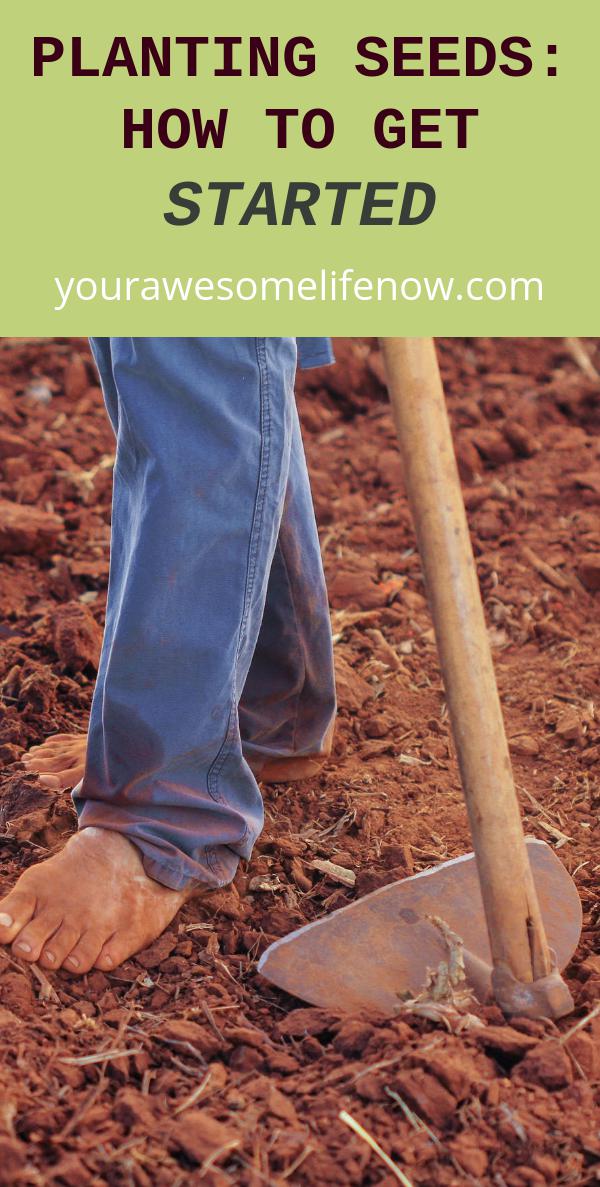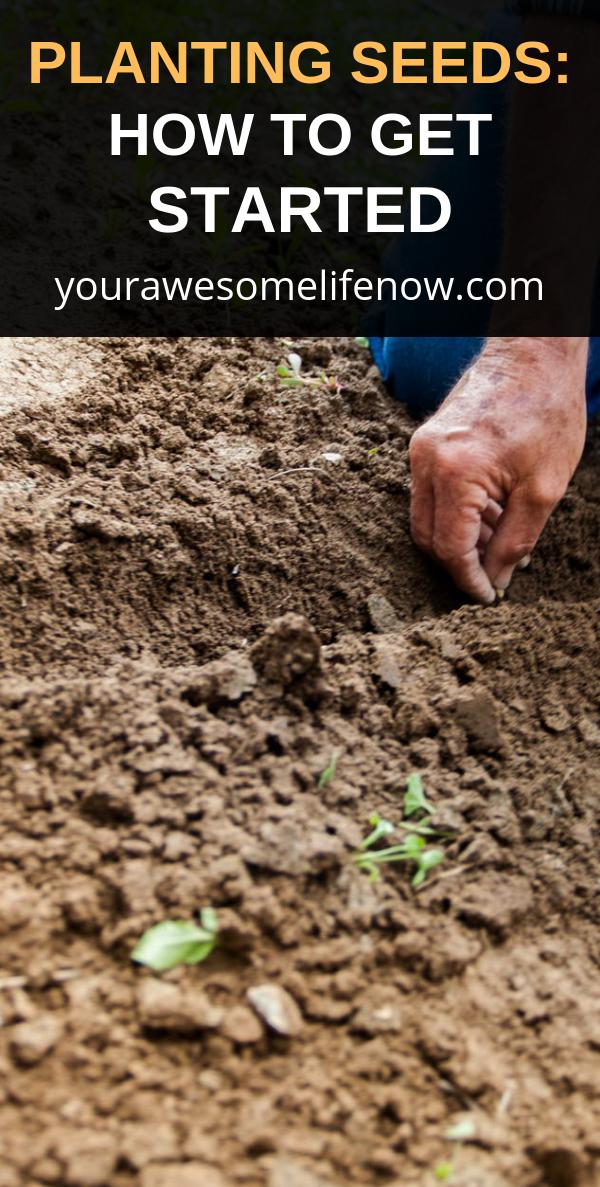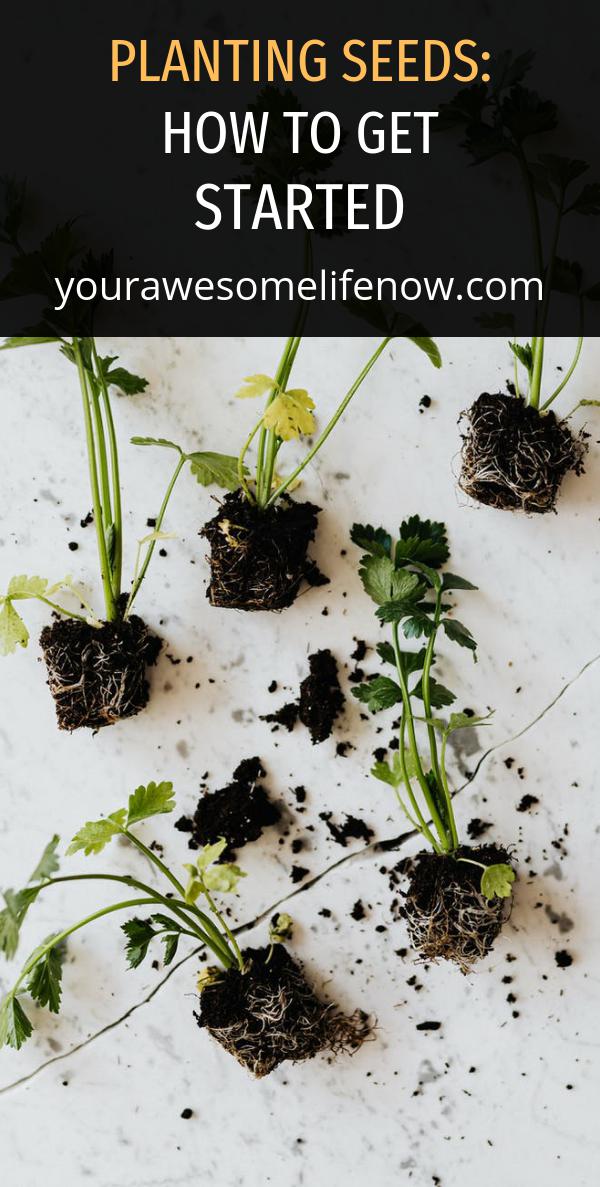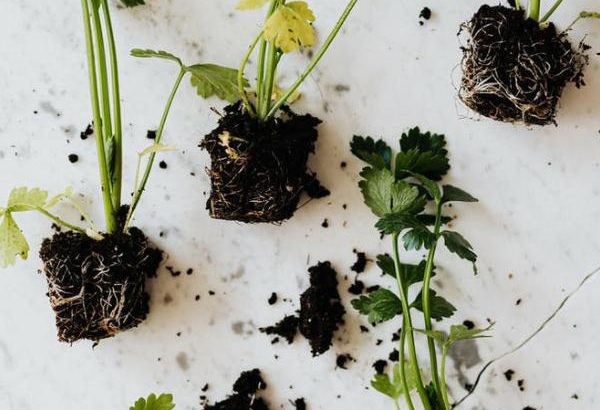You’ve probably heard a lot about “planting your seeds” but do you really know what that means? Planting your seeds entails finding a spot where you can start your garden and then filling that with the right seeds. As well, it requires planting in the appropriate season.
Seasons exist in gardening. Plants and seeds need specific conditions to grow. For example, some plants are better for spring and others for fall. There are specific seasons to consider when planting your seeds.

Summer is the time when it’s hot and dry. Soil and water need to be prepared for planting.
Spring is the planting season for vegetables and fruits. This is the perfect time to plant early spring vegetables like tomatoes and eggplants. Although vegetables may not be as lush as the winter crops, they’re still pretty tasty.
Fall is the best time of year to plant most types of vegetables. Even winter-hardy vegetables can still be planted in the fall and can look good in any color you choose.
Just because the ground is dry and warm does not mean that it’s time to stop planting in late fall. It just means that more time needs to be spent preparing the soil and watering the plants.
In early spring, it’s always wise to plant before the weather turns hot. Spring plants can take up to ten weeks to thrive, and it’s best to plant them in the early spring. This way you’ll have them and a big crop by the end of the season.
With these seasonal seasons in mind, it should be easy to understand why planting your seeds is so important. Whether it’s your first year or you’re a seasoned gardener, planting your seeds in the right place is crucial. The earlier you start, the easier it will be to get the plants off to a great start.
It’s also important to make sure you get the correct seeds. If you want a plant to grow, it needs the proper environment. Selecting the right seeds isn’t difficult, but you need to be aware of the environmental conditions in your area.

Before you start planting, check the garden patch or yard for different environmental conditions. You may need to purchase some seeds or buy some from an online source. If you don’t have a garden patch, you can use a nursery or have your gardener to plant the seeds for you.
When it comes to planting your seeds, it is important to remember that it is also about planting the seeds of your love of gardening. So long as you plant your seeds in the right place, enjoy a bountiful harvest, and ensure that you create an appealing garden patch, it shouldn’t be too difficult.





